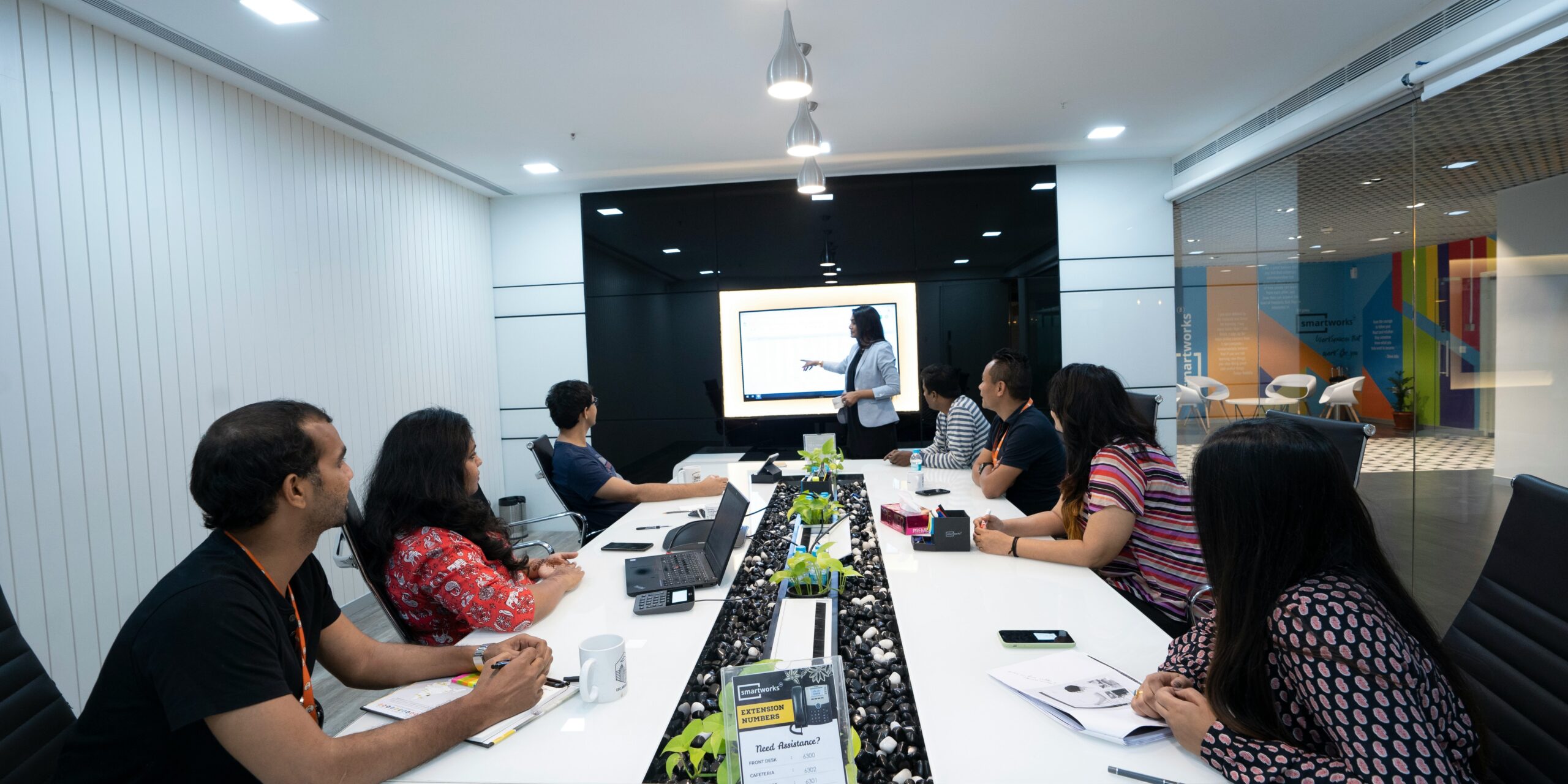In the realm of Learning and Development (L&D), the term ‘simulation’ holds a significant place. It refers to a technique to replace or amplify real experiences with guided ones that replicate the real world in a fully interactive manner. This article delves into the depths of simulation, its types, benefits, and its role in L&D.
Simulation in L&D is not just a buzzword, but a powerful tool that has transformed the way we learn and develop skills. It provides a safe and controlled environment where learners can practice, make mistakes, and learn from them without any real-world consequences. Let’s embark on this journey to understand simulation in its entirety.
Understanding Simulation
Simulation, in its most basic form, is a method for implementing a model over time. It allows learners to understand and predict the behavior of a complex system, or to mimic a situation that cannot be experienced in real life due to constraints such as cost, time, or safety.
It is a technique that has been used in various fields, from aviation and medicine to business and education. In L&D, simulation is used to create realistic scenarios that help learners acquire new skills and knowledge, or refine existing ones.
History of Simulation
The concept of simulation is not new. It dates back to ancient times when military commanders used miniature soldiers and battlefields to strategize their moves. With the advent of computers in the 20th century, simulation took a digital turn and has been evolving ever since.
Today, simulation is a sophisticated, computer-based tool that uses virtual reality, artificial intelligence, and other advanced technologies to create highly realistic and immersive learning experiences.
Types of Simulation
There are several types of simulation used in L&D, each with its own unique characteristics and applications. These include computer-based simulations, virtual reality simulations, augmented reality simulations, and physical simulations.
Computer-based simulations are software applications that replicate real-world scenarios on a computer. Virtual reality simulations use VR headsets to immerse learners in a virtual environment, while augmented reality simulations overlay digital information onto the real world. Physical simulations, on the other hand, use tangible objects to mimic real-world situations.
Benefits of Simulation in L&D
Simulation offers numerous benefits in the field of L&D. It provides a risk-free environment for learners to practice skills, enhances engagement and retention, and offers immediate feedback, among other advantages.
By allowing learners to make mistakes without fear of real-world consequences, simulation fosters a culture of experimentation and innovation. It also caters to different learning styles, making it a versatile tool for L&D.
Promotes Active Learning
Simulation promotes active learning by engaging learners in the learning process. Instead of passively receiving information, learners interact with the simulation, apply their knowledge, and learn by doing.
This active involvement not only increases engagement but also improves retention and recall. Studies have shown that learners retain up to 75% of what they learn through simulation, compared to just 10% through reading.
Provides Immediate Feedback
Another benefit of simulation is that it provides immediate feedback. As learners interact with the simulation, they receive instant feedback on their actions, allowing them to understand their mistakes and learn from them.
This immediate feedback not only accelerates the learning process but also enhances the quality of learning. It helps learners to correct their mistakes on the spot and reinforces correct behavior.
Role of Simulation in L&D
Simulation plays a crucial role in L&D. It is used for training and skill development, performance assessment, and decision-making, among other applications.
By creating realistic scenarios, simulation allows learners to practice skills and apply knowledge in a safe and controlled environment. It also provides a platform for assessing learner performance and making informed decisions about training and development.
Training and Skill Development
One of the primary uses of simulation in L&D is for training and skill development. Whether it’s training pilots to fly planes, doctors to perform surgeries, or managers to make strategic decisions, simulation provides a practical and effective solution.
By replicating real-world scenarios, simulation allows learners to practice skills and apply knowledge in a realistic context. This not only enhances skill acquisition but also improves the transfer of learning to the workplace.
Performance Assessment
Simulation is also used for performance assessment in L&D. By observing how learners interact with the simulation, trainers can assess their skills, knowledge, and decision-making abilities.
This provides valuable insights into learner performance, which can be used to tailor training programs, identify areas for improvement, and measure the effectiveness of training interventions.
Future of Simulation in L&D
The future of simulation in L&D looks promising. With advancements in technology, simulations are becoming more realistic, immersive, and accessible. They are also being integrated with other technologies such as artificial intelligence and big data to enhance their effectiveness.
As we move towards a more digital and connected world, the role of simulation in L&D is likely to grow. It will continue to provide a powerful tool for learning and development, helping individuals and organizations to thrive in an ever-changing environment.
Integration with Emerging Technologies
One of the key trends in the future of simulation is its integration with emerging technologies. Artificial intelligence, for instance, is being used to create adaptive simulations that adjust to the learner’s performance and needs.
Similarly, big data is being used to analyze simulation data and provide insights into learner behavior and performance. These integrations are enhancing the effectiveness of simulation and opening up new possibilities for L&D.
Increased Accessibility
Another trend in the future of simulation is increased accessibility. With the rise of cloud-based simulations and mobile learning, simulations are becoming more accessible to a wider audience.
This increased accessibility is not only democratizing learning but also making it more flexible and convenient. Learners can access simulations anytime, anywhere, and on any device, making learning a continuous and integrated part of their lives.
Conclusion
Simulation is a powerful tool in the field of Learning and Development. It provides a risk-free environment for learners to practice skills, enhances engagement and retention, and offers immediate feedback. With advancements in technology, simulations are becoming more realistic, immersive, and accessible, making them an indispensable part of L&D.
As we continue to explore and harness the potential of simulation, it is certain to play an even more significant role in shaping the future of learning and development. Whether you’re a learner, trainer, or L&D professional, understanding and leveraging the power of simulation can help you achieve your learning and development goals.




